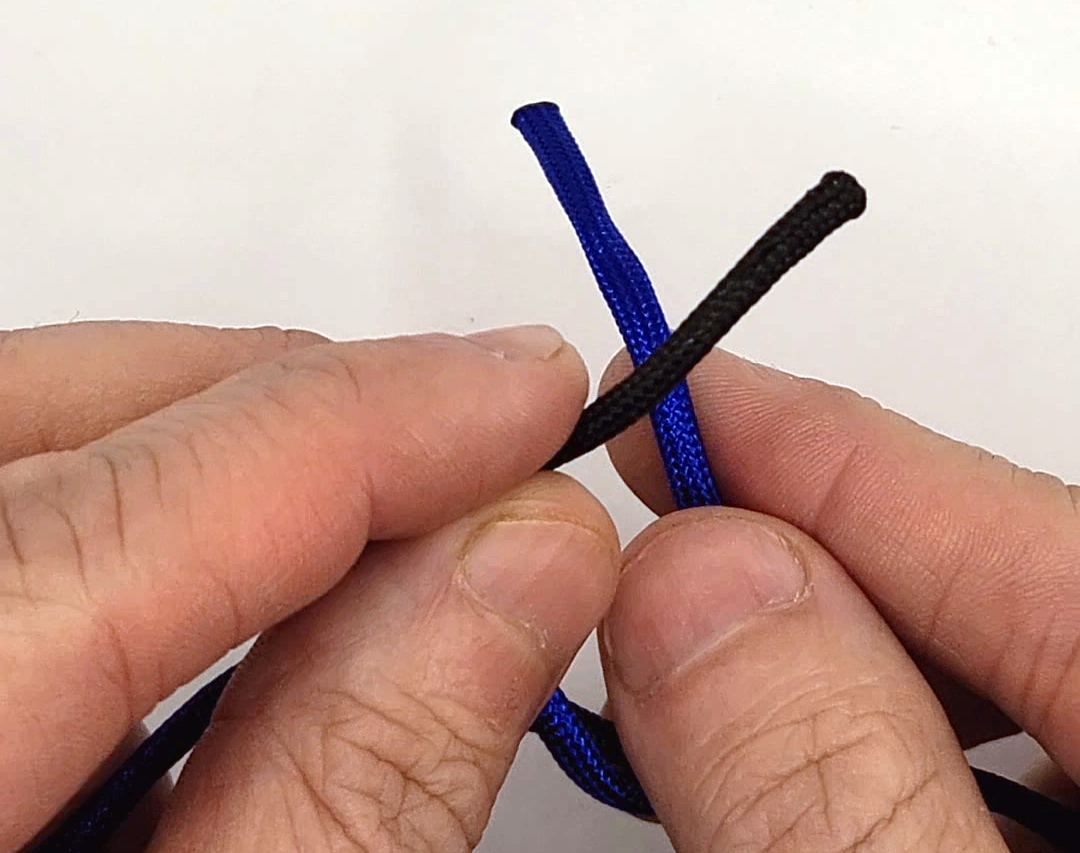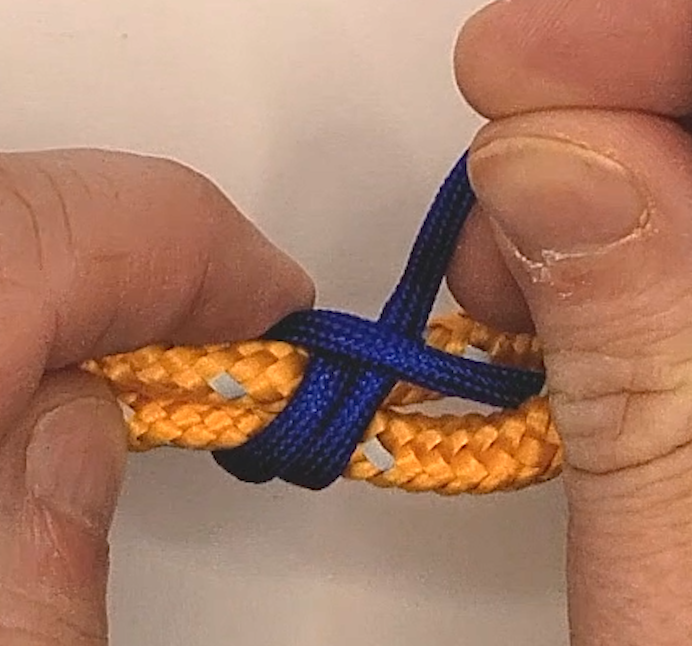The Square(Reef) Knot

The square knot, also known as the reef knot, is a simple and versatile knot with a long history of use in various applications. Its origins can be traced back to ancient times, and it has been employed for different purposes throughout history.
Ancient Origins: The square knot’s basic form has likely been used for centuries by seafarers and various cultures for binding purposes. Its simplicity and effectiveness made it a popular choice for securing ropes and tying packages.
Nautical Use: The square knot gained prominence in maritime settings. Sailors used it to secure and reef sails, giving rise to its alternate name, the reef knot. Its symmetrical and easy-to-remember structure made it valuable for joining two ropes of equal diameter securely.
Everyday Applications: As societies evolved, the square knot found its way into various everyday applications. It became a standard knot for tying shoelaces, camping, and other general-purpose tasks due to its ease of tying and untying.
Symbolism: The square knot has also acquired symbolic significance. In different cultures, it has been used to represent unity, friendship, and partnership. The intertwining of two ropes in the knot is often seen as a metaphor for the connection between individuals or groups.
Boy Scouts and Knot Tying: The square knot is a fundamental knot taught in scouting organizations, including the Boy Scouts. It is often one of the first knots learned due to its simplicity and usefulness. Learning to tie and use knots is a valuable skill in outdoor activities and survival situations.
Cautionary Note: While the square knot is effective when used for its intended purpose, it is important to note that it is not suitable for critical applications where safety is paramount. In certain circumstances, the knot can invert and become unreliable. For more critical tasks, knots such as the bowline or the figure-eight knot are often recommended.
In summary, the square knot has a rich history, evolving from its early use in maritime settings to becoming a versatile and widely employed knot in various aspects of everyday life. Its simplicity and functionality have contributed to its enduring popularity across different cultures and applications.
How to tie a Reef (Square) Knot








